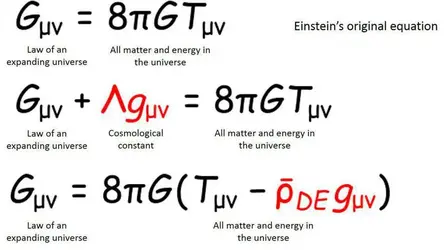JudasTitor
Quantum Scribe
Gentlemen,
In about 8 years I would like to hire our young programmer (John Titor) to write the navigational systems code for the C204. The fundamentals of that code need to be based on a balanced physics equation that we can use to describe microsingularity gravity power levels resulting in time dilation.
T(Time)^2 = G(Gravity)^2 × R(rotation)+ or R(rotation)- via Ei (electron injection)
Is this a reasonable start, or is there an existing equation we can work with that describes variable dynamic gravity output of black holes when consuming matter/active vs dormant/sedentary?
In about 8 years I would like to hire our young programmer (John Titor) to write the navigational systems code for the C204. The fundamentals of that code need to be based on a balanced physics equation that we can use to describe microsingularity gravity power levels resulting in time dilation.
T(Time)^2 = G(Gravity)^2 × R(rotation)+ or R(rotation)- via Ei (electron injection)
Is this a reasonable start, or is there an existing equation we can work with that describes variable dynamic gravity output of black holes when consuming matter/active vs dormant/sedentary?

